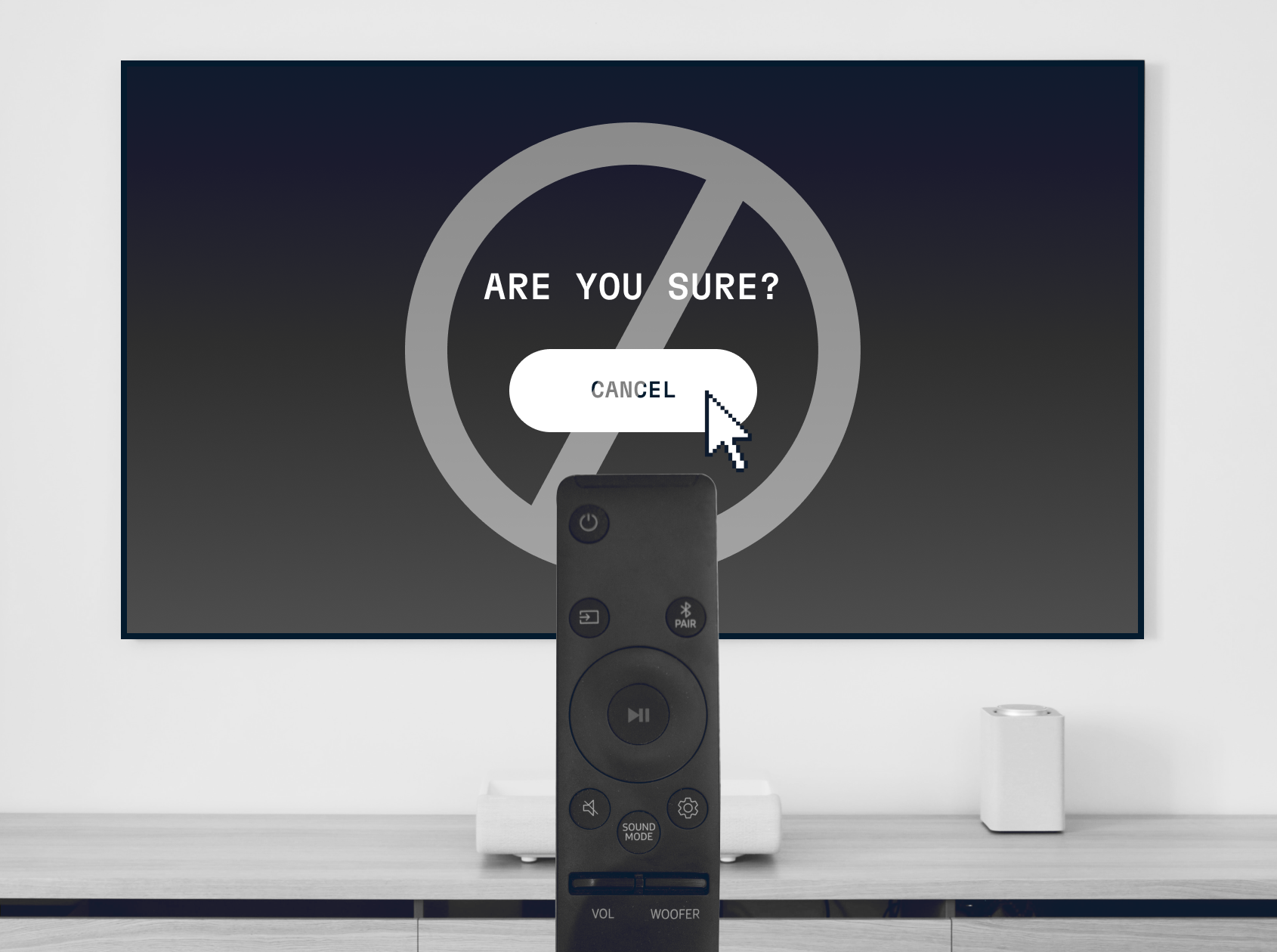A popular question for executives these days is “how are you pricing for AI?”
We’ve heard a number of ways companies are doing it — with traditional subscriptions, usage-based pricing, add-ons, among other models.
But my favorite answer yet? “We’re not.”
While there’s a mad dash to put a price tag on AI, Adobe’s answer is refreshingly simple: don’t. At least not yet.
In a major expansion of its generative AI capabilities, Adobe launched the Firefly Video Model, now available in limited public beta. This new model builds on Adobe’s existing Firefly suite, which already supports image, vector, and design AI. The Firefly Video Model is tailored for professionals, designed to be commercially safe and ideal for professional-grade content creation.
When it comes to pricing, Adobe is prioritizing accessibility: its AI tools for images, vectors, and design are included in Creative Cloud subscriptions without additional fees. However, given the high computational costs of processing video, Adobe is evaluating alternative pricing models for the video AI once it moves out of beta. But first, Adobe is encouraging users to experiment with the new video capabilities during the beta phase, gathering valuable feedback to refine its offering.
Adobe CEO Shantanu Narayen recently explained to Bloomberg the reasoning behind this decision.
“Our focus, really first, is on ensuring that we develop these great models,” he said. “We want people to experiment with it. So I think clearly on the imaging, vector, and design front, we have said as part of the subscription, we don’t want you to think about credits, we just want you to experience the magic that exists.”
But he doesn’t commit to these capabilities being free forever.
“Video might be a little bit different,” he added. “The cost of producing video is clearly a little bit more expensive, but first step is to just get it in the hands of people, have them try it, give us feedback, make sure it’s specific. And then as … the amount of video that’s being generated is expanding, we will probably have different pricing models for that.”
This is a smart business move on multiple fronts. Here’s why …
First, people are more likely to try something if they can do it without making a commitment. This is why the freemium business model is so popular. You get someone past the door, build a relationship, provide a great experience, and then, and only then, might they be more likely to become a paying customer. Businesses that do this prove their value first, then make the ask.
Second, businesses are helping consumers become more familiar — and comfortable — with AI. Over time, businesses can spend less time explaining it and move straight to selling it. We are still in the early phase of AI. There might be a lot of FOMO and a rush in executive suites and among the investor class right now to create and sell AI products, but many people, those these solutions are marketed to, still need to be convinced.
And lastly, this enables businesses to learn in real time how these offerings are adopted and received. The bigger the community of users are, the bigger sample sizes companies have, which informs how value is derived and provides a jumping off point for how to iterate their products and price them in the future.
This is just one great example. Adobe’s no-charge approach isn’t the only way companies are putting customers first when rolling out AI.
We recently shared the story of Zendesk introducing an outcome-based pricing model for its AI agents, for which “customers will only incur costs for issues that are resolved autonomously by AI.”
Both companies underscore a larger truth about bringing AI into the market: value has to come first. For AI to resonate with customers, companies must demonstrate its impact in real-world settings. By focusing on customer needs and prioritizing ease of adoption, Adobe lays a strong foundation for eventual pricing.
This emphasis on value-building over instant revenue creates a sense of trust and flexibility for customers. Adobe’s decision to offer AI tools at no extra charge for current users shows that it sees monetization as a journey that needs customer buy-in at its core. Their strategies allow AI to mature and establish trust before demanding higher stakes from users.
Every company is learning how to monetize AI, but no one business has all the answers — nor do they need to. What they do need, though, is a willingness to test, gather insights, and then build pricing models around what they learn.


